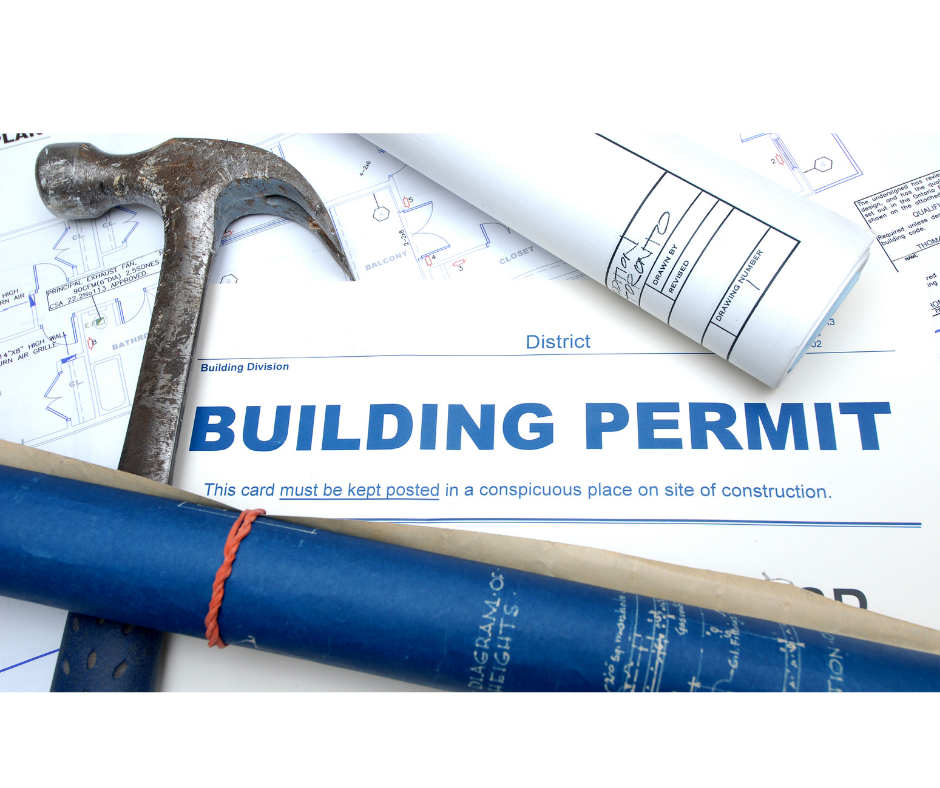
By Helen Callier, Contributing Writer
Construction can be challenging for contractors when faced with time and budget constraints. And when you factor in the permitting maze, it takes knowledge of the fundamentals, careful planning, and work to minimize delays and frustration in pulling a building permit.
When talking with a business veteran the other day, he mentioned that the great Green Bay Packers’ Head Coach – Vince Lombardi would start each season by holding up a football and then say, “…this is a football.” Vince, one of the most well-regarded and winningest coaches in NFL history, knew the importance of learning, relearning, and executing the basics of football were key to winning championships.
Like football or any other profession, following the basics is an important aspect in accomplishing one’s goal. This is also the case with obtaining your building permit in a timely manner. So, before you carry a hard set of plans or submit multiple files in an online permitting portal, below are 5 basic steps to follow when needing a permit for a commercial or residential project.
QA/QC Plans and Prerequisite Documents: Oftentimes as the contractor, you are provided plans by an architect or consultant of some sort depending on the scope of work. Before high tailing it to submit plans to the jurisdiction, take time, at a minimum, to review the permit package to check if the proper building codes are referenced, that all required documents are included in the package, and if drawings are signed and sealed by a professional.
Check Jurisdiction Website: There is one thing I know for sure and that is expect changes of some sort at jurisdictions. And to avoid delays, visit the jurisdiction’s permitting web site to confirm applicable ordinances, building codes, forms, operational hours, plus more, so you can save time and money, plus eliminate headaches.
Determine Project Phasing: The size, complexity, available labor, and long lead time for materials are considerations when evaluating if it is best to phase work and permits. For example, for a new ground-up building, do you have ample time, and are materials on track to pull one permit for civil, foundation, and building, or are you at risk in one area where it is best to permit the civil site, then the building? Understanding site conditions, overall schedule, costs, etc., are important in deciding if it is prudent to phase work.
Complete Permit Application Properly: Checking the wrong box can send your plans down a rabbit review trail that is not required for your scope of work. But because the box was selected, the clock is ticking slowly, and you can be stuck in the electronic system until reviews are completed. Make sure to thoroughly review permit applications, and if you have questions, ask an expert for assistance before hitting “submit.”
Pull Permit: Taking chances in starting work without having a building permit can place your project in peril and threatens the relationship with your customer. This happens too often and is quite costly after the fact to obtain a permit. So, make sure to pull and pay for building permits before starting construction.
Although construction and permitting are totally different, there is one thing they have in common with football and that is the basics will help you cross the goal line and win every time. So, embrace the 5 basic tips above, and get ready to build your customer’s dream. And remember to huddle with your team and game experts like PermitUsNow where we are committed to pulling permits for our architect, contractor, and project owner clients without delay, eliminating their frustrations with the permitting process. Plus, we make it easy for you to work with us. Simply:
- Email us your plans.
- Follow up on our feedback for any missing items.
- Let us get your permitting done for you.
So, send us your plans today, and we’ll free you up to focus on doing what you love – building your customers’ dreams. Call the PermitUsNow team at 1.844.PERMIT.4 if you need assistance with permits. Visit us on the web at permitusnow.com. #BuildSafe







